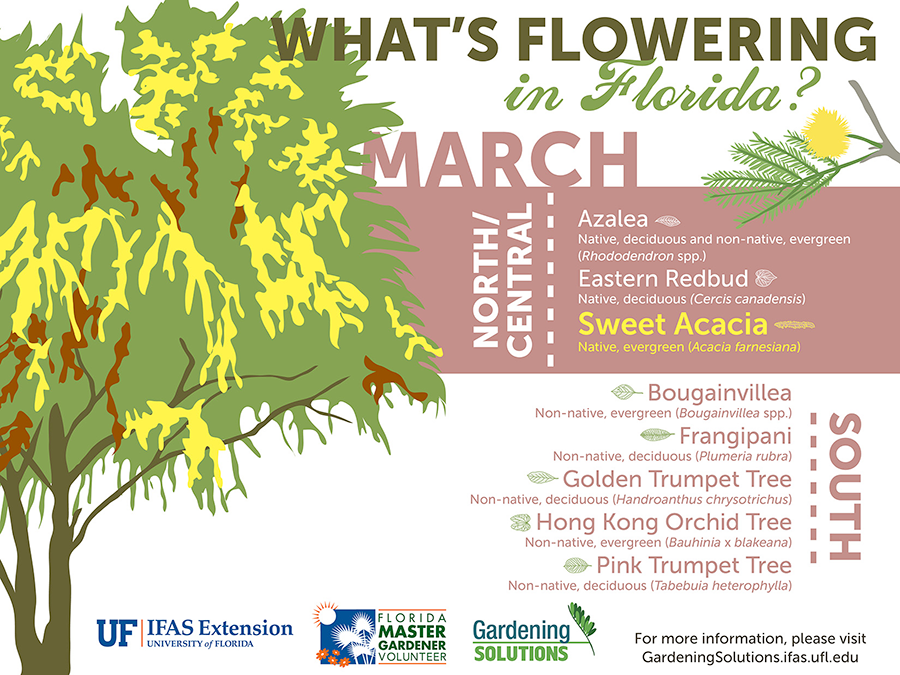Can Trees Be Conserved? How To Tell If Tree Removal Is Needed
Can Trees Be Conserved? How To Tell If Tree Removal Is Needed
Blog Article
Material Author-Dalby Mcintosh
If you have actually ever questioned the fate of the trees on your home, comprehending when it's time for elimination is vital. Yet how do you identify if a tree can be conserved or if removal is the only option? By searching for particular signs and reviewing security risks, you can make informed decisions that profit both your landscape and your environments. Let's discover the key elements that come into play when deciding the fate of a tree and exactly how you can make sure the very best end result for your environment-friendly companions.
Indicators of Tree Decline
If you see any of the adhering to signs of tree decrease in your yard, it may be time to consider tree removal.
One typical indication is dead or decaying branches, which can suggest underlying problems affecting the tree's health and wellness. Look out for stained or shrivelled leaves that continue despite having correct care, as this could be a sign of disease or insects.
An additional warning signal is excessive leaning or a visible change in the tree's base, which might suggest origin issues or structural instability. Keep look at this site out for fungal growth on the trunk or origins, as this can indicate rot and compromise the tree's stability.
In addition, if you observe huge splits in the trunk or significant arm or legs, it's critical to resolve these issues immediately to stop possible threats. Addressing these indications of tree decrease promptly can aid maintain the security and aesthetics of your yard setting.
Safety and security Issues
To make sure the health of your building and those around you, focusing on safety concerns associated with trees is paramount. Trees can posture different safety risks otherwise properly kept. Dead or rotting branches may fall unexpectedly, endangering individuals or destructive structures.
Leaning trees can also be hazardous, especially if they're leaning in the direction of a structure or power lines. In addition, trees with substantial origin systems near foundations or below ground energies can create considerable damages with time.
It's important to routinely inspect your trees for any indications of prospective threat. Keep click here to find out more out for cracks in the trunk, huge dental caries, or indicators of disease and degeneration. If you observe any one of these problems, it's finest to seek advice from a professional arborist to examine the situation and determine the needed strategy.
Taking aggressive actions to attend to safety problems promptly can prevent mishaps and residential or commercial property damage in the future. Remember, the security of your building and those around you ought to constantly be the leading concern when it comes to tree upkeep.
Consulting an Arborist
When taking into consideration the health and wellness of your trees, speaking with an arborist is a crucial step. Arborists are educated professionals that specialize in the treatment and upkeep of trees. They can assess the general health of your trees, identify any kind of concerns such as diseases or architectural issues, and provide skilled suggestions on the most effective strategy.
By consulting an arborist, you can obtain beneficial insights into the problem of your trees and determine whether elimination is necessary. Arborists have the understanding and experience to evaluate the dangers related to keeping a tree versus removing it. They can also provide advice on alternative solutions, such as trimming, cabling, or supporting, to help preserve the tree whenever feasible.
Furthermore, arborists can aid you navigate any local guidelines or allows that might be required for tree removal. Their knowledge can ensure that the process is executed securely and in conformity with any appropriate regulations.
Conclusion
In conclusion, when identifying whether trees can be conserved or if removal is necessary, it is important to think about indications of decline and safety concerns. Consulting an arborist for a complete assessment is important in making the best choice for the tree's health and wellness and potential hazards. Remember, proactive care and prompt activity can assist maintain trees and stop mishaps.
